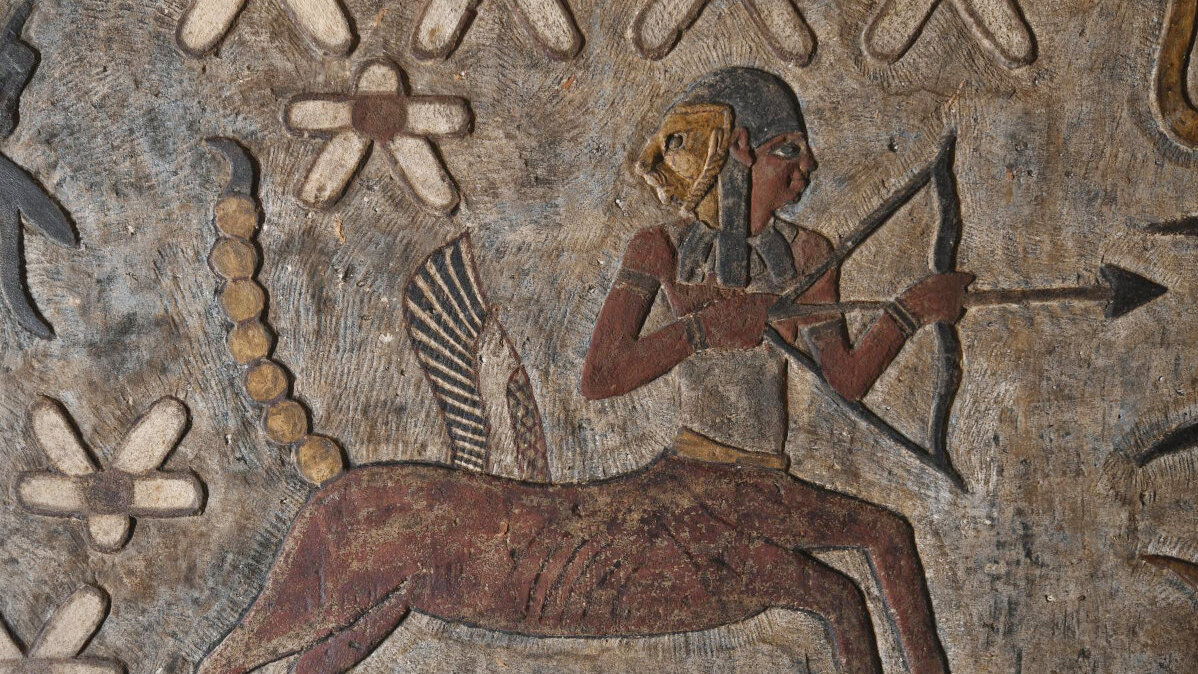Other reliefs showed the planets Jupiter, Saturn and Mars and a series of stars or constellations used in ancient times to measure time. The overall project is managed by Hisham El-Leithy from the Egyptian Ministry of Tourism and Antiquities and Professor Christian Leitz from the University of Tübingen.
“Representations of the zodiac are very rare in Egyptian temples,” said Leitz: “The zodiac itself is part of Babylonian astronomy and does not appear in Egypt until the Ptolemaic period.” Research suggests that the system of zodiacal signs and those related to them standing constellations by the Greeks in Egypt and subsequently became popular. “The zodiac was used to decorate private graves and sarcophagi and was of great importance in astrological texts, for example in horoscopes found on inscribed potsherds,” said the Tübingen scientist Dr. Daniel von Recklinghausen: »However, it is rare in temple decorations: Apart from Esna, there are only two completely preserved versions, both from Dendera.«
In addition to the zodiac and the constellations, the restoration revealed colorful representations of snakes, crocodiles and various hybrid creatures, including a snake with a ram’s head or a bird with a crocodile’s head, a snake’s tail and four wings. During the restoration, the researchers also discovered inscriptions that were previously unknown to scientists. In the Temple of Esna, the colors were covered by a layer of dirt and soot and preserved in this way for almost 2,000 years. However, the ceiling paintings and inscriptions were hardly recognizable for centuries due to the heavy soiling.
From the temple in Esna, 60 kilometers south of Luxor in Egypt, only the vestibule (the so-called pronaos) is preserved, but it is complete: 37 meters long, 20 meters wide and 15 meters high, the sandstone building was built under the Roman Emperor Claudius at the latest (41-54 AD) placed in front of the actual temple building and may have overshadowed it. The location in the middle of the city center probably contributed to the fact that the porch was preserved and was not used as a quarry for building material like other buildings during the industrialization of Egypt. Even in Napoleon’s time, the pronaos attracted a great deal of attention in specialist circles, as it was regarded as the ideal example of ancient Egyptian temple architecture. The restoration work has been going on for five years and was financially supported by the American Research Center in Egypt, the Ancient Egypt Foundation and the Gerda Henkel Foundation.
